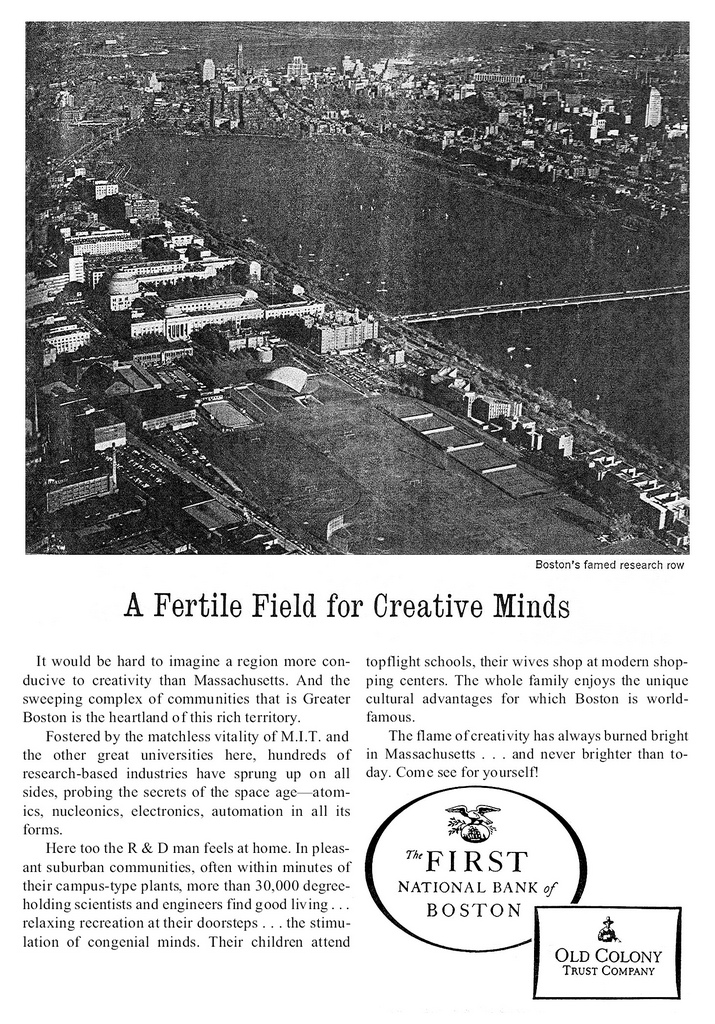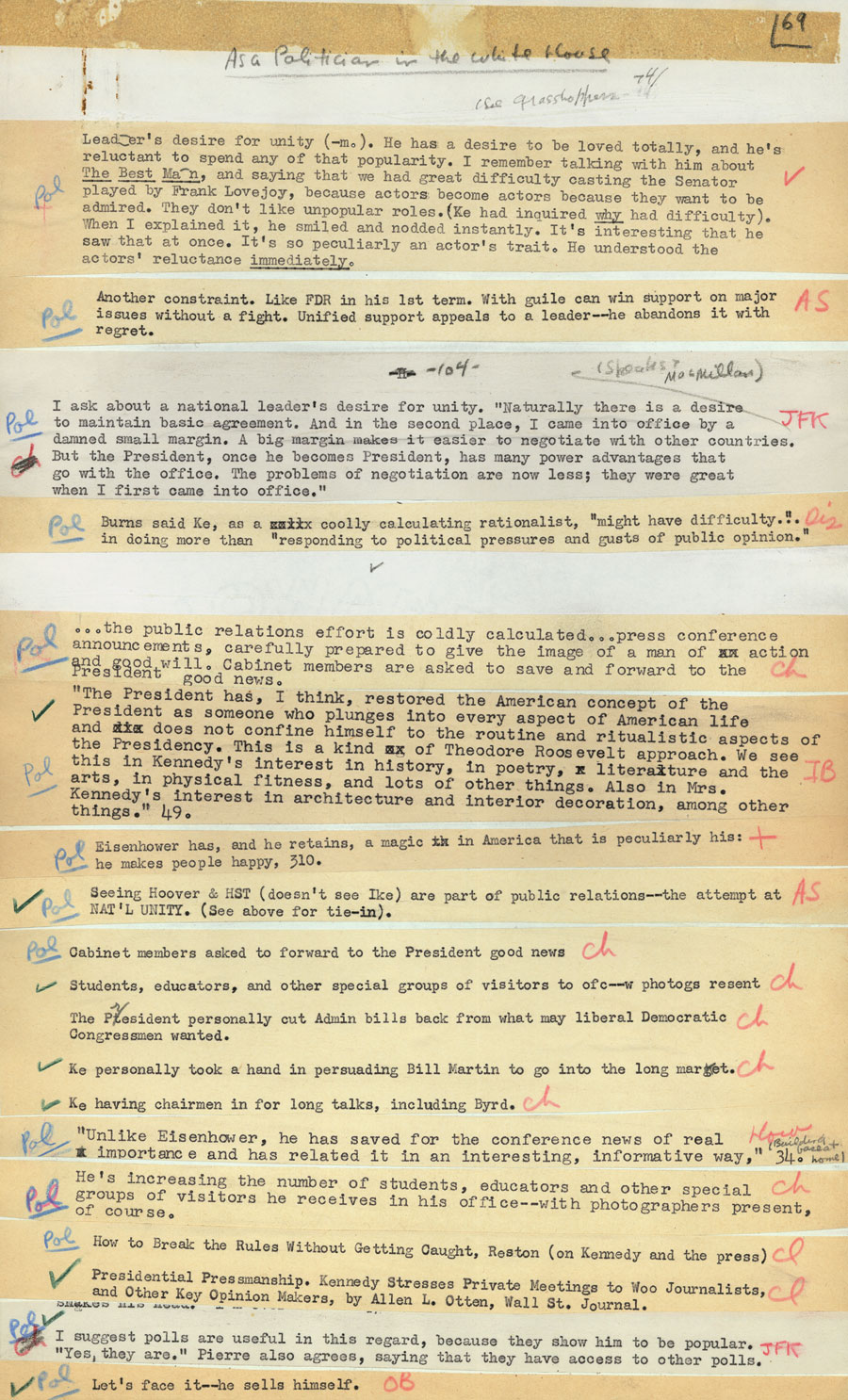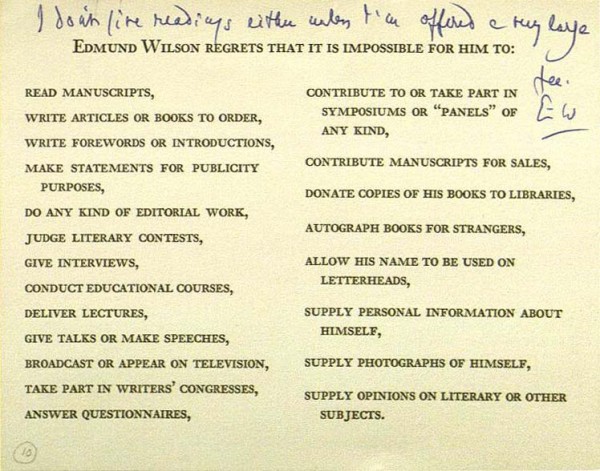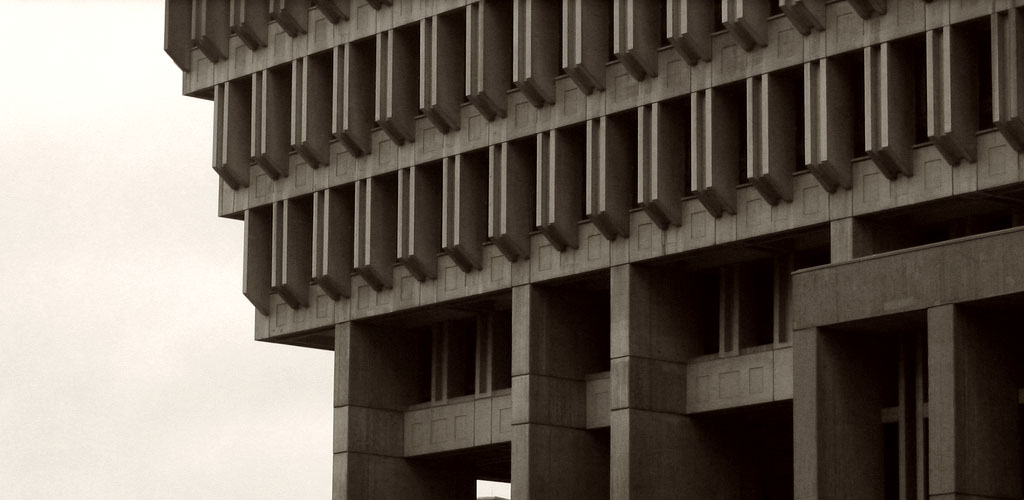One of the frustrations in writing a historical novel like The Strangler is that so much of your research never sees the light of day. When the book is done, all those index cards so lovingly compiled get wrapped up in a rubber band and tossed into a drawer, and the reader is left to wonder which bits of the story are fact and which are fiction. I thought I might pull some of those notes out of the drawer again and, over the next couple of weeks, share some of the background of the book — where characters or scenes came from, how they developed, what was left out.
Let’s start with the epigraph. It is ostensibly a quote from a 1962 chamber-of-commerce-type advertisement which begins, “If you haven’t seen the New Boston lately, you’re in for a surprise — America’s city of history is now a city of tomorrow.”
The epigraph establishes the time and place of the story, obviously. The setting is Boston in 1963, an annus horribilis for the city, the year of the Strangler and the Kennedy assassination. Also, the West End — a neighborhood of old tenements and narrow, twisting streets — has recently been demolished to make way for a massive urban renewal project, so the city is physically scarred as well. Not to put too fine a point on it, but this is the moment when Boston, a city in a long, steep decline like many other manufacturing centers (Newark, Detroit), began to reinvent itself as the gleaming place you see today.
The epigraph is not authentic. I stitched it together from a few similar ads from the period. I especially liked the one below, which appeared in the November 1962 issue of The Atlantic Monthly. The boosterism in that ad copy, with its jet-age hopefulness, makes a laughable contrast to the grungy reality of city life at the time, particularly in this novel.
Similar ironic devices show up pretty frequently. In the movie “The Full Monty,” the opening credits appear over a promotional film touting the glories of Sheffield, England. A montage of mock period footage is used in the closing credits of “L.A. Confidential” as well. I don’t know, at this point, whether I had “The Full Monty” in mind or not, but “L.A. Confidential,” both the book and the film versions, was an important model for my book.
One last thing: While you’re looking at the ad below, take a look at the image of the city, too. How low the buildings are. On the right, the “old” John Hancock building towers over the Back Bay though it is only 26 stories high. Downtown, at the left center, the 1915 Custom House Tower is still the tallest building at just under 500 feet. This is essentially a nineteenth-century skyline. Boston had seen no major construction in fifty years, a period in which the rest of America’s cities were booming. The Prudential Center in the Back Bay, completed in 1964, was the first modern skyscraper built here. (There is a neat image here of the Back Bay skyline in 1963, with the Pru nearing completion.) This fossilized skyline is a clue. It tells you one reason why the city fathers (no mothers then, sorry) felt so much pressure to see the Strangler murders solved: the “New Boston” had to come. The Strangler case arrived at an inconvenient moment.
Anyway, here is one of the real ads I based my bogus epigraph on. You can see a full-size version here.



